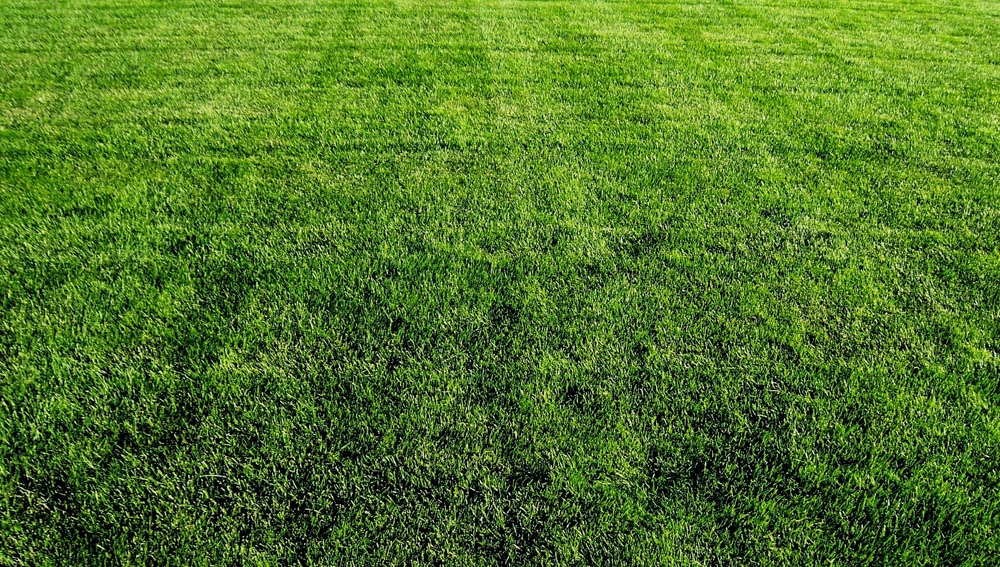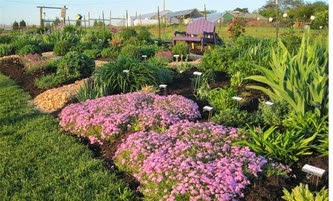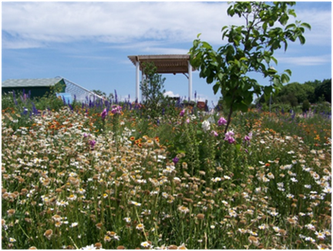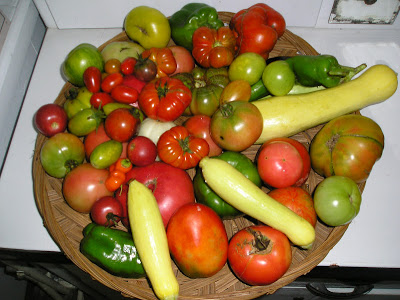 |
| At Hodgdon Pond (C.Kagan) |
 |
| Scooping water and sediment to capture larvae (NPS) |
 |
| Dragonfly Team: Ranger Michael, me, Julie and James |
We captured 60 larvae and identified at least three different families. We also scooped up a leech, a salt water clam (? fresh water pond?), caddis fly egg cases, a snail, back-swimmers and either a moss animal or an egg mass of some kind.
 |
| Aeshnidae, Libellulidae, and Gomphidae larvae (NPS) (I don't remember which is which!) |
 |
| Plastic sample bags (NPS) |
 |
| The toxic form of mercury, methylmercury, increases in concentration in the food chain. (NPS) |
Excerpt from study
Why use dragonfly larvae?
Dragonfly larvae live in the water for 1-4 years or more before becoming adult dragonflies. Aquatic systems like lakes, ponds, and wetlands are often where methylmercury (the more toxic form that gets into living things) accumulates.Dragonfly larvae also eat small fish, tadpoles, and bugs that in turn contain methylmercury. As the dragonfly larvae eat more, the amount of methylmercury in their bodies increase in a process called bioaccumulation. When other animals, such as larger fish, eat the dragonfly larvae these animals also accumulate methlymercury, but at higher concentrations due to biomagnification up the food chain. Dragonfly larvae are abundant and they are found across the country. They are in the middle of the food chain, so they are potentially useful for determining the health of an ecosystem.
Visit the UMaine FBook page Six-Legged Scouts in National Parks/About to find out more about this project.
Information also available at
National Park Service: Citizen Scientists Study Mercury in Dragonfly Larvae
Integrated Resource Management Application/NPS: More information about data and National Parks participating























